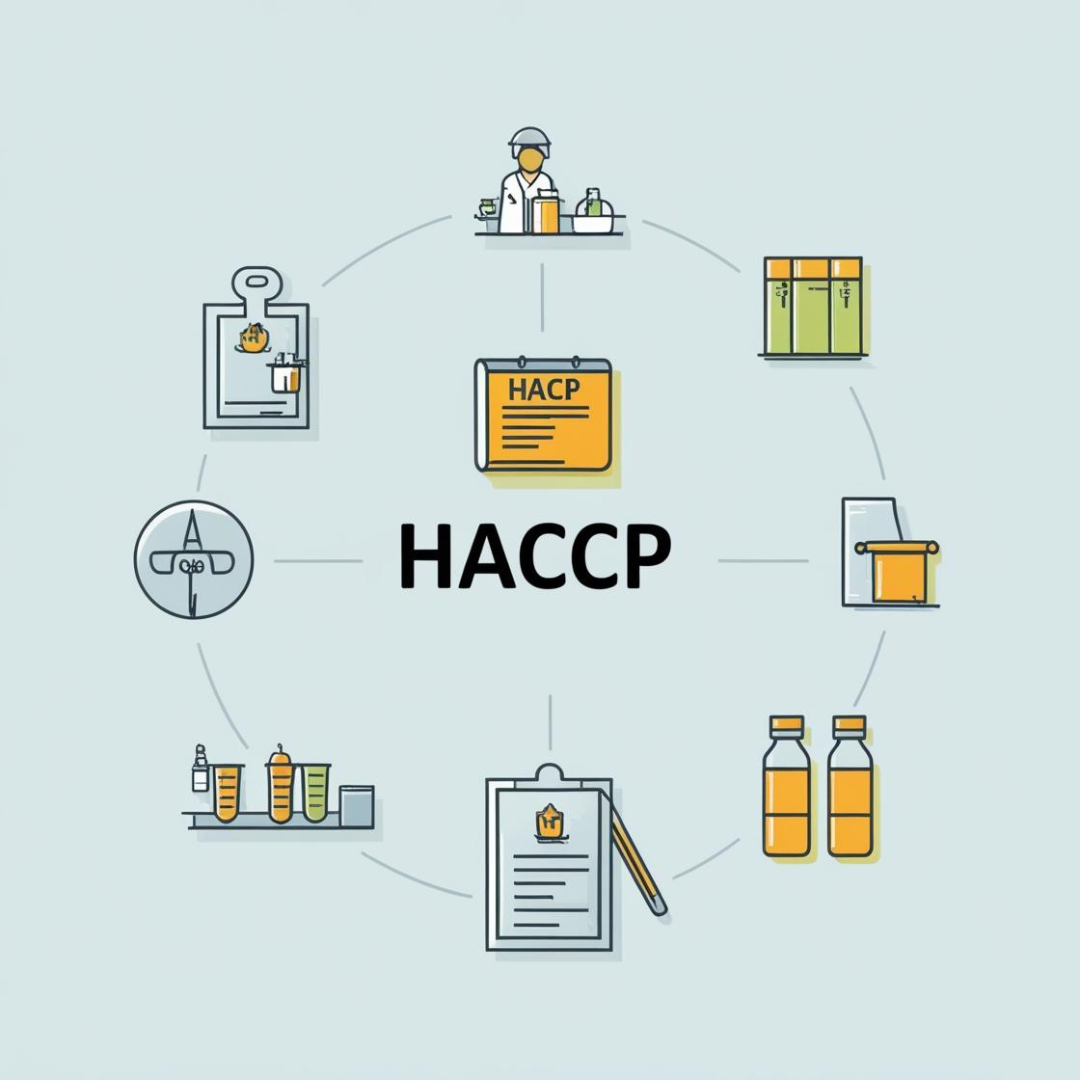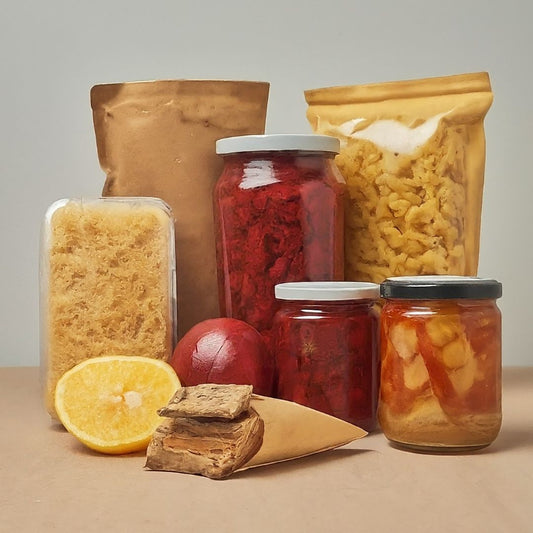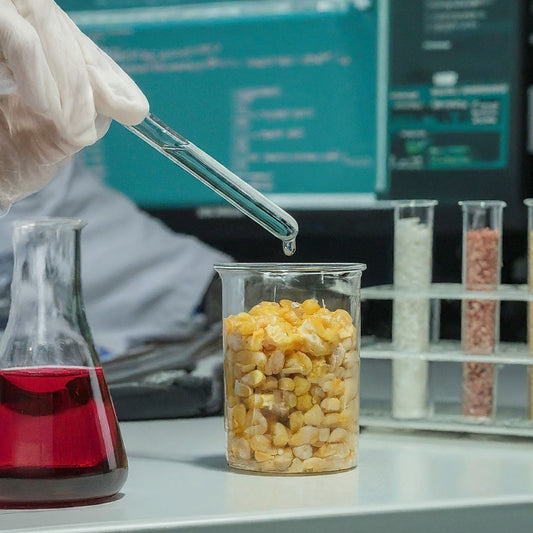🍺 VBL Enters African Beer Market with Carlsberg – A Strategic Pivot for Beverages
Share
Indian-based Varun Beverages (VBL), long known as a major bottler for Pepsi & other soft drink brands, has announced a significant new move: it is entering the alcoholic beverages space by partnering with Carlsberg for beer distribution in selected African markets.
📌 What the Move Involves
VBL has signed an exclusive distribution agreement with Carlsberg Breweries for certain African subsidiaries of VBL to test-market Carlsberg beer in those territories.
The company has also amended its business objectives (via its Memorandum of Association) to explicitly include “RTD & alcoholic beverages of any type or description, including beer, wine, liquor, brandy, whisky, gin, rum, vodka” in India and abroad.
Concurrently, VBL is incorporating a wholly-owned subsidiary in Kenya (to handle manufacturing, distribution & sales in the region) as part of its Africa expansion push.
🎯 Why This Matters
Diversification of product portfolio: VBL is moving beyond its strong base in non-alcoholic beverages (carbonated & non-carbonated) into a higher-growth, higher-risk category (alcoholic beverages).
Leveraging existing infrastructure: VBL’s extensive beverage manufacturing, distribution network and cold-chain/logistics footprint in Africa gives it a springboard to enter the beer segment using Carlsberg’s brand & brewing expertise.
High-growth market potential: Many African markets have relatively low per-capita beer consumption compared to mature markets — offering volume upside. VBL’s African operations have already shown strong growth internationally.
Brand and scale convergence: The tie-up with Carlsberg gives VBL access to an established beer brand, which reduces brand-building risk compared to launching a new beer brand from scratch.
🔍 Implications for Food, Beverage & Processing Professionals
Given your background in food processing, beverages, packaging and related systems, there are several take-aways:
Manufacturing & packaging considerations: Transitioning into beer means new product flows (fermentation, brewing, bottling/canning, perhaps kegging) and likely different packaging/label-regulations compared to soft drinks. Ensure your packaging line, quality systems, ingredient sourcing, shelf-life/stability protocols are adapted.
Distribution and cold-chain logistics: While soft drinks have their own logistics demands, alcoholic beverages often have additional regulatory controls, taxation/licence regimes, and storage/temperature/humidity constraints. The move underscores the importance of robust logistics infrastructure.
Regulatory & compliance risk: Alcoholic beverages come with added regulatory burdens (licensing, excise/taxation, labelling, packaging, import/export rules). For emerging markets (like in Africa) this may include local registration, tax-structure variances, and import duties. VBL’s move suggests that companies should build regulatory-compliance capability early.
Portfolio risk and margin dynamics: Beer (and alcoholic beverages) often have different margin/NB profiles compared to soft drinks. Processing professionals should be aware of how margin pressures, raw-material sourcing (e.g., malt, hops, yeast, packaging), and local cost structures can vary significantly.
Globalisation & localisation balance: Expanding into Africa means adapting to varied consumer preferences (taste profiles, packaging sizes, price points), local sourcing constraints, and regional competition. Innovation may be required in product/pack format and supply-chain sourcing for those markets.
✅ Potential Action Points
If you’re working in beverage R&D or manufacturing: begin mapping the steps to diversify into adjacent beverage segments (e.g., alcoholic RTDs or premium beer) — what changes to process, packaging, regulatory, distribution would be needed?
Review your supply-chain readiness: Are your existing sourcing, bottling/canning, logistics systems scalable or adaptable for a new beverage category? What new vendors/components (e.g., brewing equipment, fermenting tanks, keg systems) might you need?
Update packaging & labelling protocols: New category means new standards — check what the target market (e.g., African country) requires for labelling, licensing, excise-marking, provenance, import regulations.
Explore growth markets: Africa is being targeted for good reason — young population, rising incomes, under-penetrated categories. Similar analyses might reveal other under-penetrated geographies for your own innovation.
Consider risk control: Alcoholic-beverage segments bring complexity (regulation, taxes, social licence issues). In your operations, build stronger audit/training/traceability systems to handle new categories.





